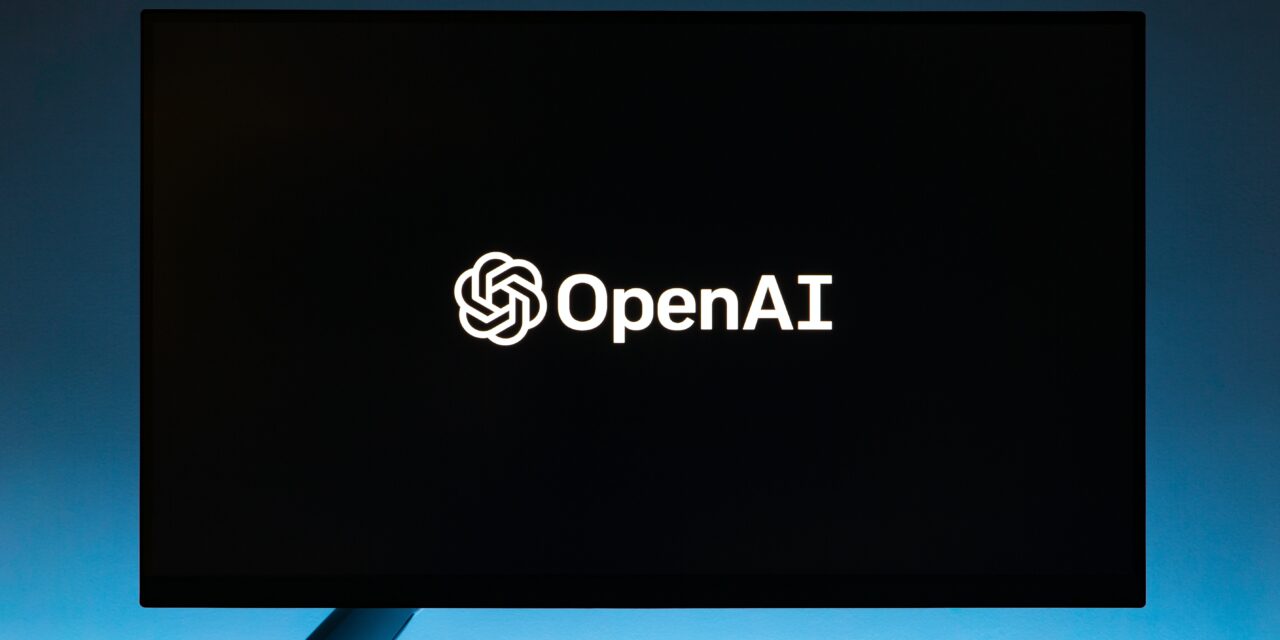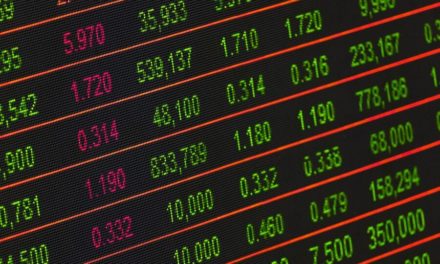With new regulations meant to regulate the development and deployment of artificial intelligence (AI) technologies slated for implementation this week, the Chinese government finds itself in an interesting position. Indeed, Beijing needs to find a balance between stern regulatory control and the type of support that will ensure the ability of domestic developers to compete in the burgeoning global market.
Originally drafted in April of this year, the more-or-less final edition of the regulations is made up of 24 guidelines for developers and platform providers. Under these regulations, providers are required to register all AI services and undergo a thorough review by security regulators prior to market release.
Visible Labeling
China’s Ai guidelines include the mandatory labeling of AI-generated content, specifically watermarking on both pictures and videos top specifically prevent the creation and use of deep fake footage to mislead viewers.
At the same time, regulators will now require companies introducing AI models to use only legitimate data for machine learning; they are also mandated to submit the data to regulators should it be asked from them.
Chinese developers also need to have a proper system in place to handle any issues or complaints regarding AI-generated content and related services.
Oversight for these new regulations will be handled by a seven-agency committee which includes such organizations as China’s National Development and Reform Commission, as well as the country’s Cyberspace Administration.
A Development Whose Time Has Come
AI may seem to be hot news for much of the world, but the Chinese government has been working on the guidelines for regulating the industry for the past six years.
Back in 2017, Beijing officials designated that AI and related technologies should be given priority as these could potentially alter numerous aspects of society, including the modern workplace.
As such, officials began working on a roadmap and a timetable for developing and eventually regulating the use of such technologies.















